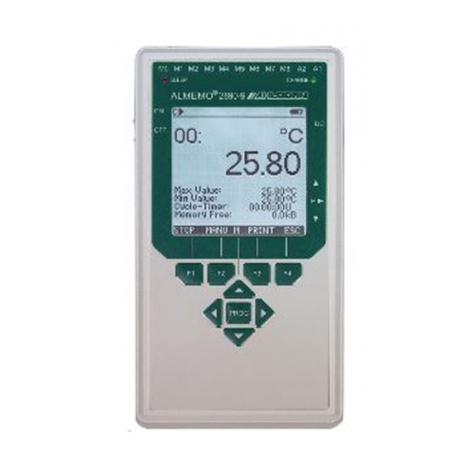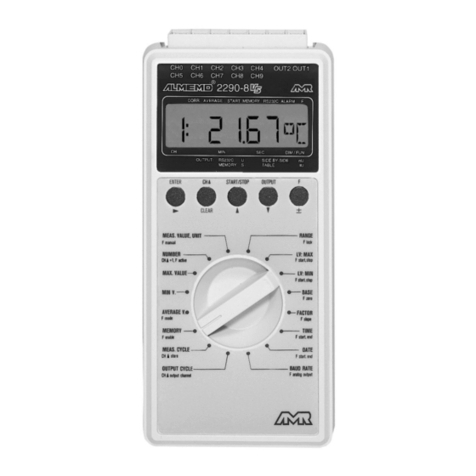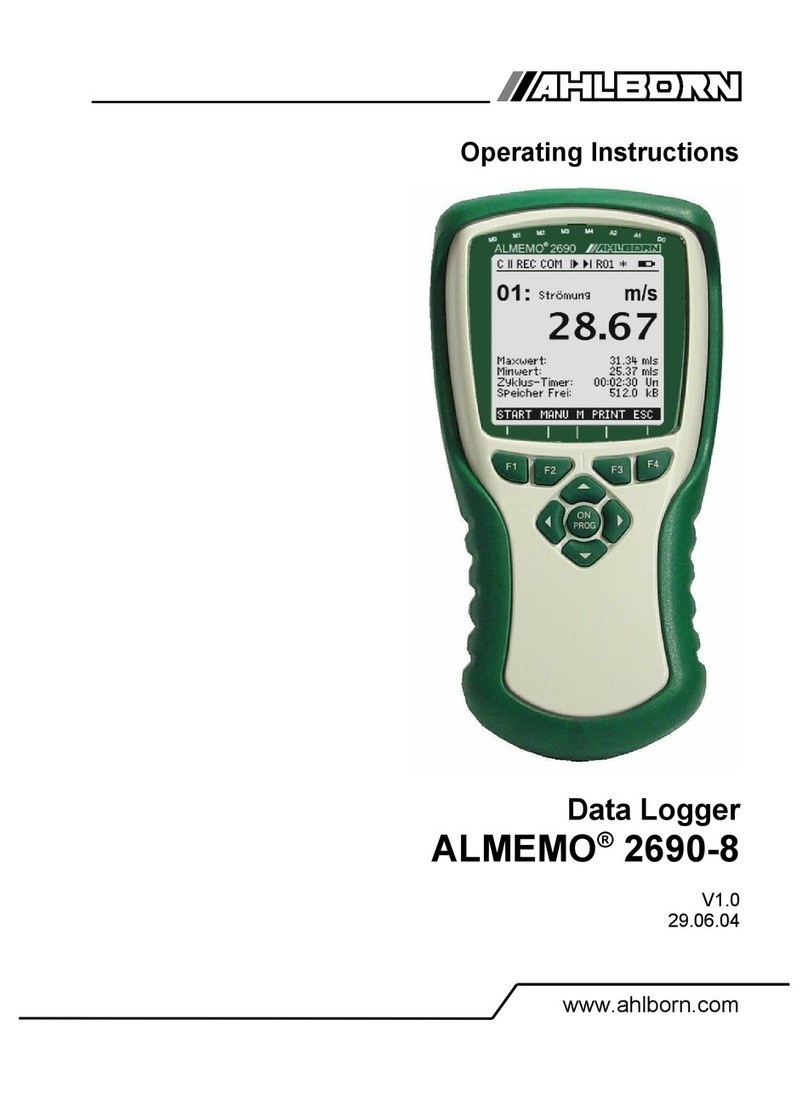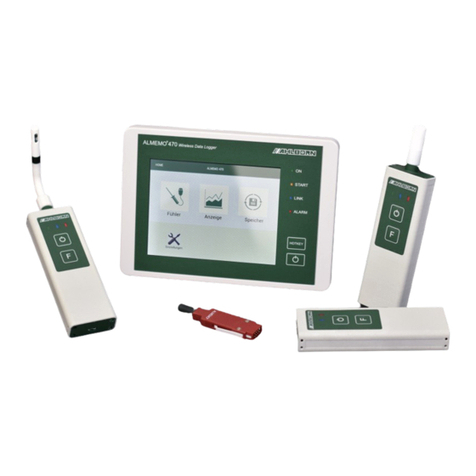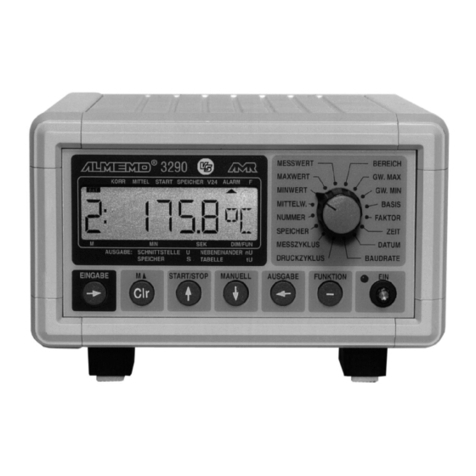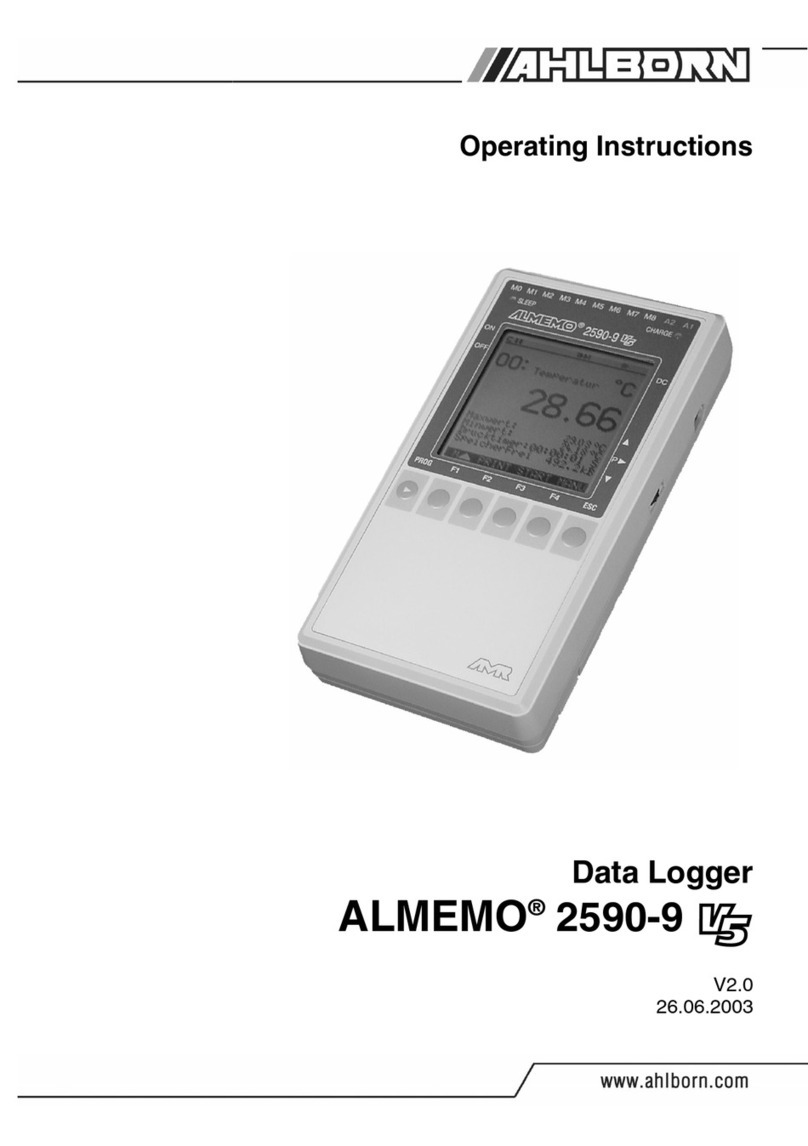- 2 -
1. Table of Contents
1. Table of Contents........................................................................................1
2. Table of Figures ..........................................................................................4
3. General Information ..................................................................................5
4. Safety Notice ...............................................................................................5
4.1. Product safety / warranty claims..................................................................6
4.2. Special operating instructions......................................................................7
4.3. Battery handling...........................................................................................7
5. Intended use................................................................................................7
6. Warranty.....................................................................................................8
7. Scope of Delivery ........................................................................................8
8. Product Description....................................................................................9
8.1. Display and operating elements...................................................................9
8.2. Interfaces....................................................................................................12
8.3. Power supply..............................................................................................13
8.3.1. Battery mode ..............................................................................................13
8.4. Control unit (Tablet) ..................................................................................14
9. Initial Operation.......................................................................................15
10. Using the ALMEMO®500 .......................................................................17
10.1. Connecting the power supply.....................................................................17
10.2. Connect sensors .........................................................................................18
10.2.1. Measuring inputs and auxiliary channels ...................................................18
10.3. Switching the data logger on and off .........................................................19
10.4. Communicating with the data logger.........................................................19
10.4.1. General Explanations..................................................................................19
10.4.2. Connecting the tablet with the data logger via WLAN..............................20
10.4.2.1. Login via the application ALMEMO® 500.................................................20
10.4.2.2. Access rights and user administration ........................................................21
10.4.3. Connecting a PC to the data logger ............................................................23
10.4.3.1. Direct connection between ALMEMO®500 and the PC using the included
network cable............................................................................................................23
10.4.3.2. Via the company network...........................................................................24
10.4.3.3. Via WLAN .................................................................................................25
10.4.3.4. Via a USB cable .........................................................................................26
10.4.4. Overview of the communication options with the data logger...................27
10.5. Download of measuring data from the data logger....................................27
10.6. Access point configuration ........................................................................28
10.7. Reset the access point to factory settings...................................................30
10.8. Overview of the login data and how to change it.......................................31
11. Display and operating elements of the application ALMEMO®500....32
11.1. Display and selection of application..........................................................32
11.2. Overview of the menus of the ALMEMO®500 application......................33
